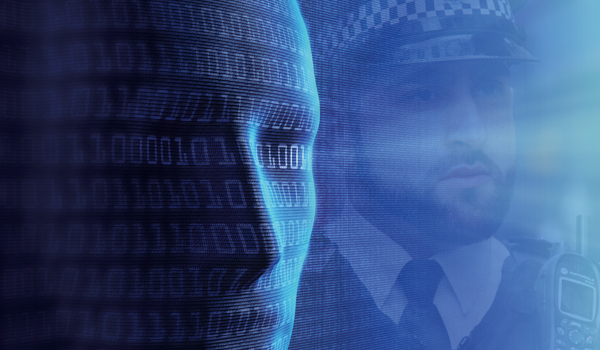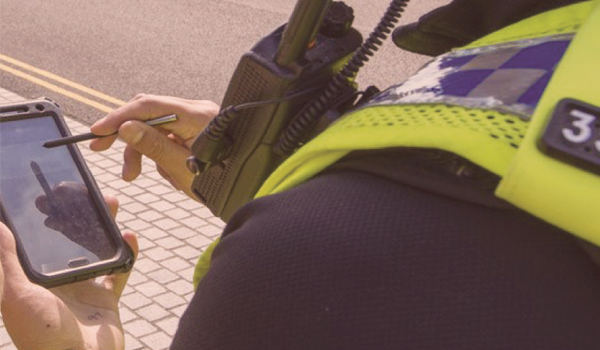Police given tools to help fight online child sexual exploitation
Microsoft is offering its PhotoDNA technology free to law enforcement agencies to help them identify and rescue victims of child sexual abuse and pornography.

Microsoft is offering its PhotoDNA technology free to law enforcement agencies to help them identify and rescue victims of child sexual abuse and pornography.
PhotoDNA is a signature-based, image-matching technology already used by online service providers, such as Facebook, for disrupting the spread of some of the worst-known images of child pornography online.
Developed by Microsoft Research in collaboration with Dartmouth College, PhotoDNA creates a unique signature for a digital image, something like a fingerprint, that can be compared with the signatures of other images to find copies of that image.
In partnership with Netclean, Microsoft is making the software available at no charge through commonly-used law enforcement software, including a new version of NetClean Analyze, a free technology toolbox for police forces working with child sexual exploitation image cases, which is already used by police in many countries worldwide.
PhotoDNA is also being integrated into the Child Exploitation Tracking System (CETS), a collaborative global law enforcement program supported by Microsoft technology for child pornography investigations that helps eliminate duplication, making it more efficient for the agencies to follow up on leads, collect evidence and build cases against suspected child pornographers.
Microsoft will also make the source code available for direct licensing. This is targeted at law enforcement agencies with the technical capacity and resources required to manage PhotoDNA source code integration themselves.
We cant allow people to keep trading these horrifying images online when we have the technology to help do something about it, said Stuart Aston, chief security officer at Microsoft UK. Without innovation and public demand for technology companies and electronic service providers to play a more productive and proactive role in the fight against online child exploitation, the technological advantage will remain with the abusers rather than those working to protect abuse victims.
Law enforcement agencies are doing incredible work to fight child sexual exploitation every day, and we are proud to join with NetClean to support that mission.
Christian Sjöberg, founder and CEO of NetClean, added: This technology saves time and resources, but most importantly, it saves kids.
We are arming law enforcement with tools that can help them better investigate child exploitation cases and get these horrible criminals off the streets. NetClean Analyze Digital Investigator (DI) and PhotoDNA aim to help expedite their efforts to put an end to child pornography.
Since 2002, the National Centre for Missing and Exploited Children (NCMEC) reports it has reviewed more than 65 million images of child pornography online, with the volumes steadily increasing, the crimes becoming more violent and the victims getting younger. An estimated ten per cent of images reviewed by NCMEC in 2011 involved infants and toddlers, who cannot tell anyone about their abuse.
In the UK, the Internet Watch Foundations hotline processed 48,702 reports in 2010, which is a 27.6 per cent increase over 2009.
Writing on his online blog, Bill Harmon, Associate General Counsel, Microsoft Digital Crimes Unit, said: The scale of the online child pornography problem and the amount of data associated with these types of investigations is massive. When child pornography images are shared and viewed among predators online, it is not simply the distribution of objectionable content it is community rape of a child. These crimes turn a single horrific moment of sexual abuse of a child into an unending series of violations of that child.
The collaboration between Microsoft and Netclean will:
Create a link between online service reports and law enforcement investigations to help speed the identification of victims, so they can be rescued and their abusers brought to justice;
Allow faster review of the massive numb




